Reflecting on the Concept of “Home” while Studying in Different Countries
I think many of us can relate to wondering or being asked where we are from. I often go into a run-on sentence of self-instruction. It goes, “I was born in Korea but then adopted as a baby to the United States and so I grew up in New Jersey!”, and that tends to be the best-abbreviated version I can give. Automatically this challenges many assumptions and categorizations new people place on me.
The concept of home has been something on my mind throughout my entire life. I most confidently call the US my home as it’s the culture I am most familiar with– ask me what I ate growing up or my favorite home-cooked meals and I’ll answer chili, turkey burgers, and split-pea soup. Or, ask what extracurriculars I participated in and I’ll answer with lacrosse, crew, and basketball. As I got older, I realized how my cultural norms greatly contrasted with the norms that people assumed I subscribe to. I realized that I was not familiar with the culture of the country I was born in or the norms of typical East Asian families in general.
Over this past summer, I had the opportunity to travel to South Korea for a program at Yonsei University. It was my first time in Korea since I was 8 months old and it was strange thinking that this was the place I am from and considered as my origin when I felt so… foreign. But, it was a wonderful eye-opening experience as I explored this foreign culture and connected to it through ways of food, culture, and friends. Having identified culture and extracurriculars as two main categories that make me feel connected to my “home”, I used those same avenues to attempt to connect with my Korean roots. I found it to be a huge success and I was able to form new friendships over culturally significant meals and activities (I’ll attach some pictures at the end).
You may wonder, then, how this led to my decision to study abroad in Kyoto, Japan. Stemming from my adoption background, the three main countries of East Asia became a focal point of interest and study for me. Having had the opportunities to study in China during high school and now Korea this past summer, Japan sits at the top of my list of places to explore. I have been studying the Japanese language for nearly 4 years now, and so on top of the goal of reaching spoken fluency in Japanese, during my time in Japan I hope to also achieve fluency in the culture. I want to learn what home means to those residing in Japan, such as the staple home-cooked meals, historical sites or traditions key to their culture, common activities for youth outside of the classroom, and learning about the daily lives of Japanese people while comparing it to my own.
Now for some photos of what I did in Korea to immerse myself in the culture, similar to what I plan to do in Japan!
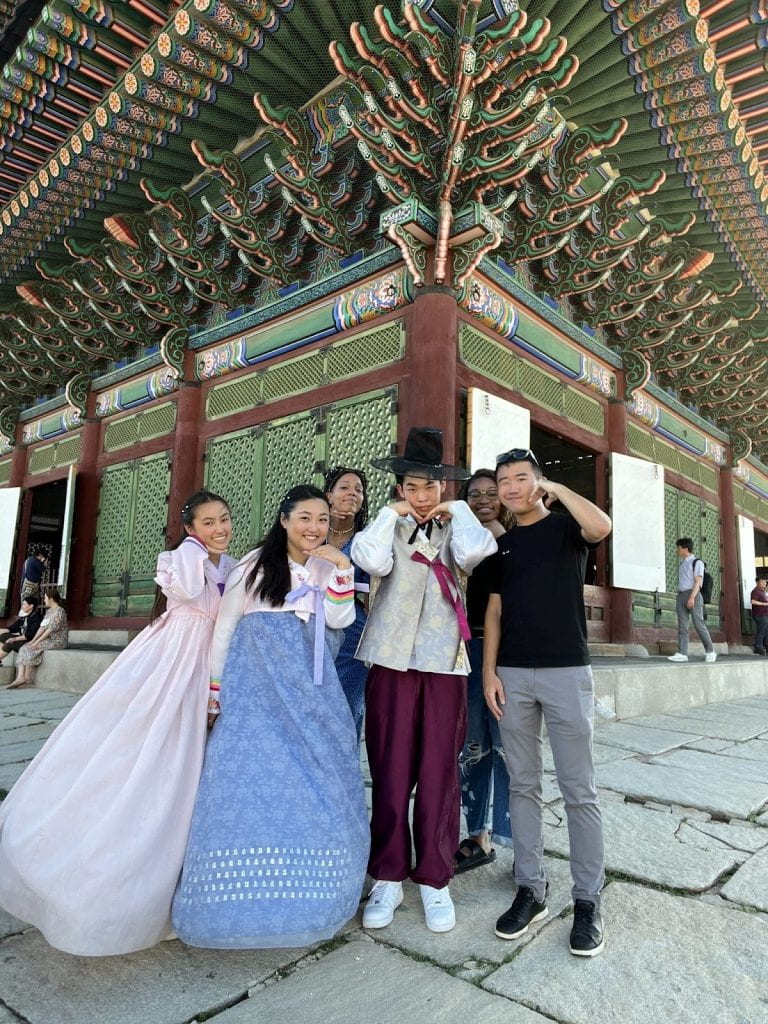
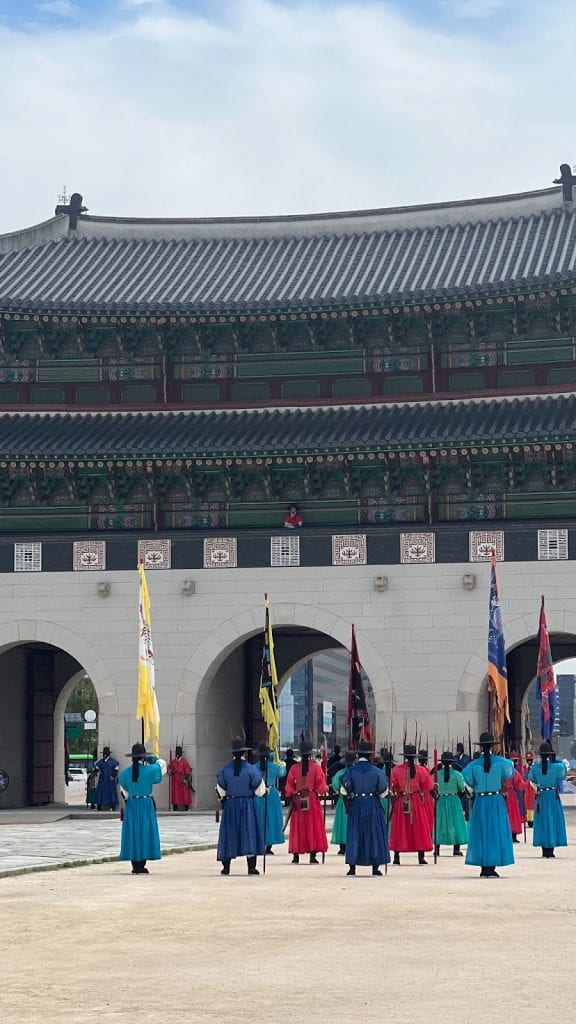


I attended a little workshop where we learned how to make tteok (traditional Korean rice cake). The kitchen we cooked in was part of a larger tteok museum and so we also got to learn about the history of tteok and all of the different kinds and ways to make it. We got to bring home what we made!



Some of the really delicious food I tried! From left to right we had stir-fried spam, kimchi, and tofu, tteokbokki (spicy rice cake), bibimbap, kimbap, kimchi jjigae (kimchi stew), stir-fried pork, and lots of banchan (side dishes). I would say one of the largest differences between American and Korean cuisine is the addition of banchan– I can’t think of any equivalent!

I also visited the DMZ– though Japan obviously doesn’t have an exact equivalent to this, I plan to visit locations with similar amounts of significance. My majors at school– political science and Asian languages & civilizations– have interested me in East Asian countries and their international affairs. Here is a picture of North Korea. The little white city in the far background is a real city with North Koreans actively living there.
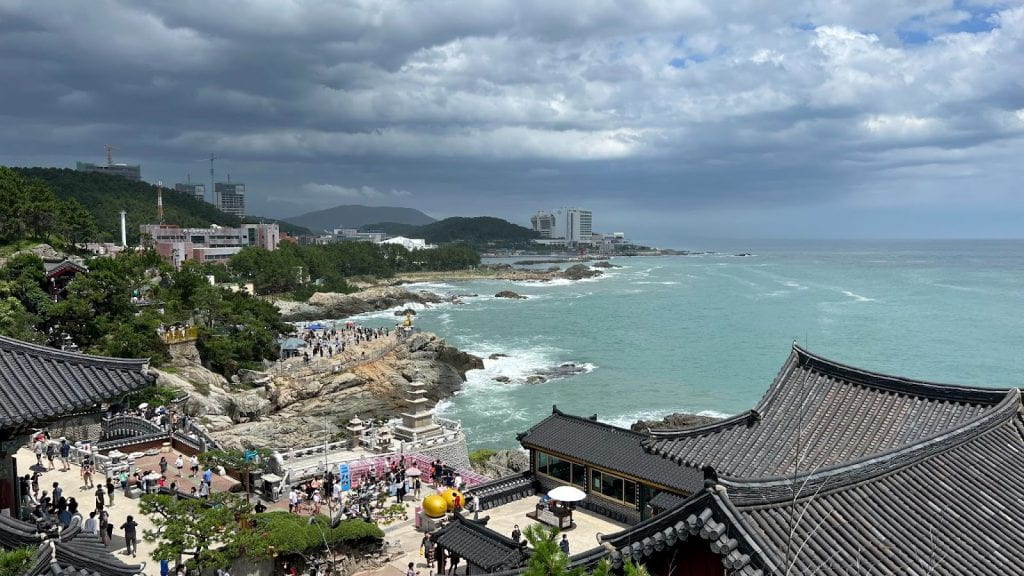
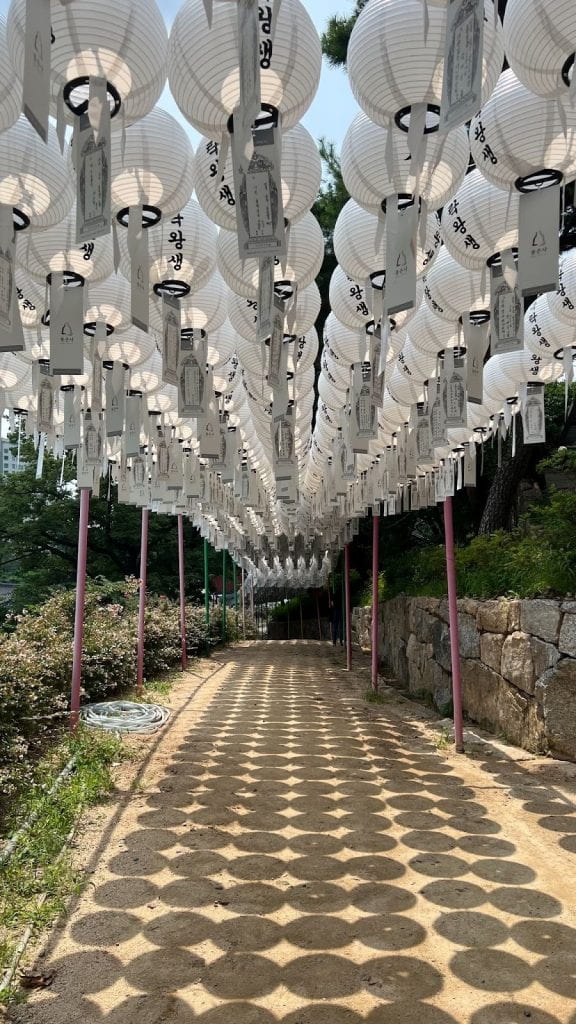
Another temple I visited was Bongeunsa Temple in Gangnam. It’s another Buddhist temple and was founded in 794. This one was interesting because it is located directly across COEX Mall, a huge mall that is very modern.
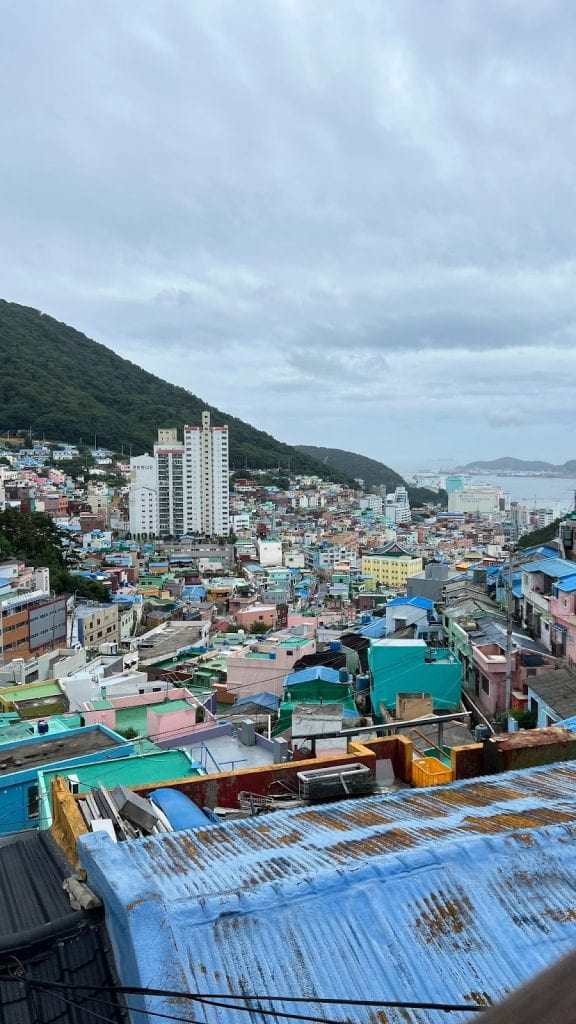
This is a picture of the Gamcheon Culture Village, a common tourist attraction. It’s located in Busan and somehow encapsulates beauty and chaos at the same time. Originally, it was a slum that was settled by refugees of the Korean War.

Another must-do was to visit the amusement park Lotte World! A lot of youth come here for rides both indoors and outdoors. It’s common for people to wear school uniforms, something that definitely was new to me– my friends and I rented some for the day and made our way around the park.
There’s a lot more that I did such as visiting traditional spas, tea houses, and museums, but I don’t want to share too many photos from Korea as the focus of this blog will be Japan! Deciding to spend many months in a country very different from what you know and choosing to leave campus behind for a semester is a difficult choice to make with no wrong answer. Through sharing my experience abroad and my exploration of Japan with you via this blog, I hope to offer insight and clarity for those considering an abroad themselves and some entertaining blurbs for those who’d like to tag along. In my next post I’ll share more on how I’ll use my experience from the summer to better explore Kyoto and the greater area. After doing some research I’ll have a loose plan to share with you, such as specific towns, activities, and foods I’d like to visit/try in order to achieve my goals of immersion and learning the culture and language.